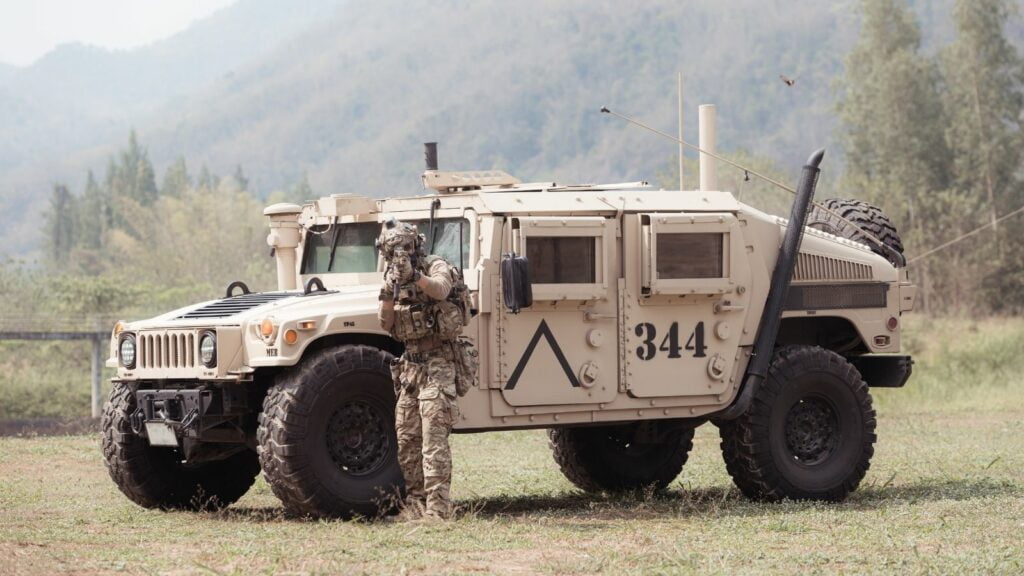Military vehicles’ rugged designs and superior performance are often tailored for specific missions in the harshest conditions. However, once their service ends, many find a second life in the civilian world, adapted for everything from adventure expeditions to daily commutes. Once symbols of defense and power, these vehicles become icons of durability and versatility in civilian hands. This article delves into 12 military vehicles that have successfully transitioned to civilian use.
Jeep Willys MB
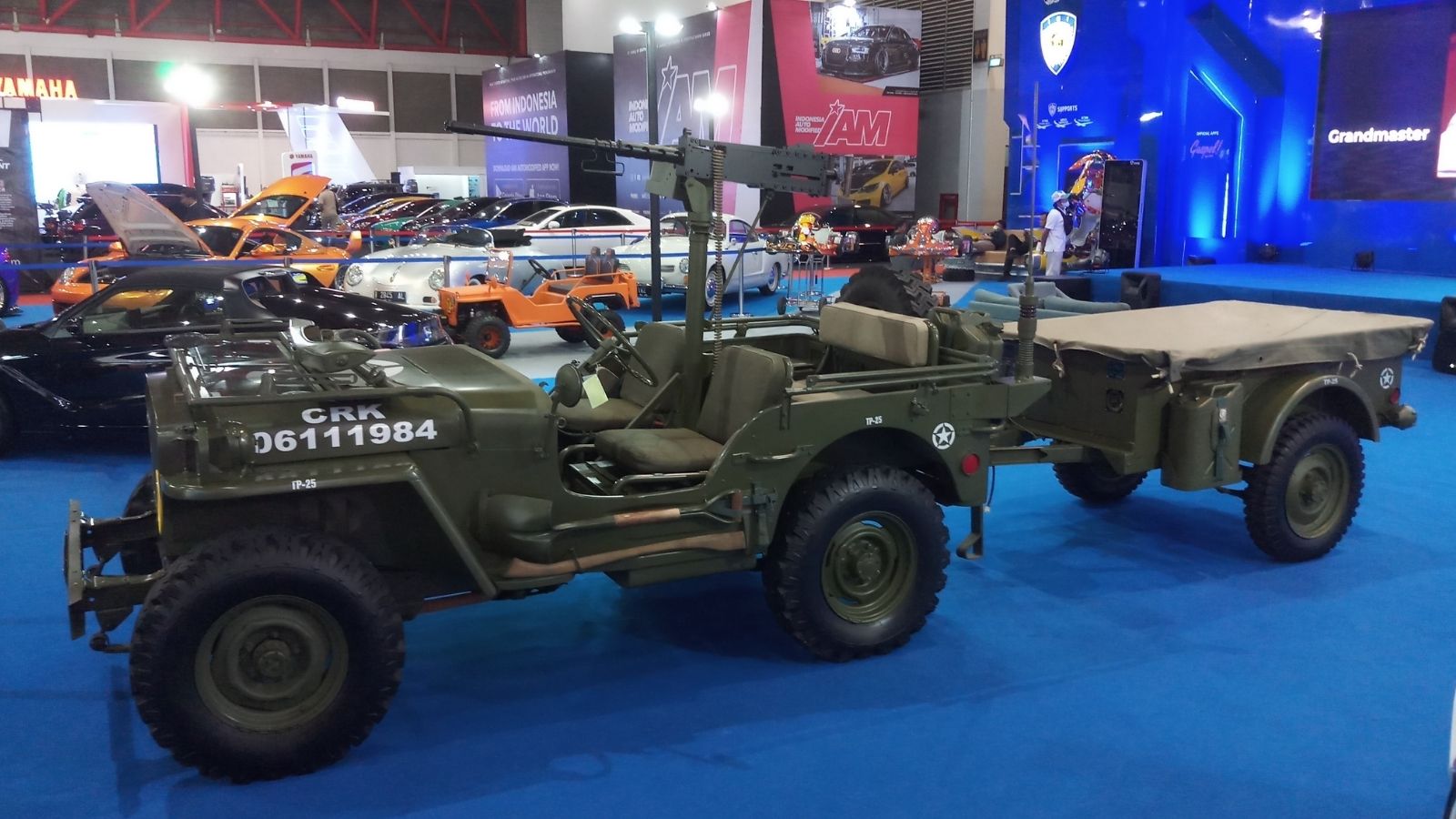
The Jeep Willys MB is perhaps the most iconic military vehicle to transition into civilian life. Developed during World War II for the U.S. Army, this small, rugged 4×4 vehicle became a symbol of American ingenuity and resilience. After the war, Willys-Overland began producing the civilian version, the CJ (Civilian Jeep), which retained much of the military model’s simplicity and durability. The Jeep’s versatility made it a hit among farmers, ranchers, and outdoor enthusiasts, establishing the foundation for a legendary brand in the off-roading world.
Hummer H1

The Hummer H1, based on the military M998 Humvee, was introduced to the civilian market in 1992. The Humvee was designed for military use in the 1980s, offering unparalleled off-road capabilities and the ability to traverse the most challenging terrains. When the H1 was released, it became a status symbol known for its rugged design and over-the-top performance. Arnold Schwarzenegger famously advocated for its civilian release, further boosting its popularity. Despite its size and thirst for fuel, the Hummer H1 became a symbol of excess and durability, adored by those looking for a civilian vehicle with military prowess.
Land Rover Defender
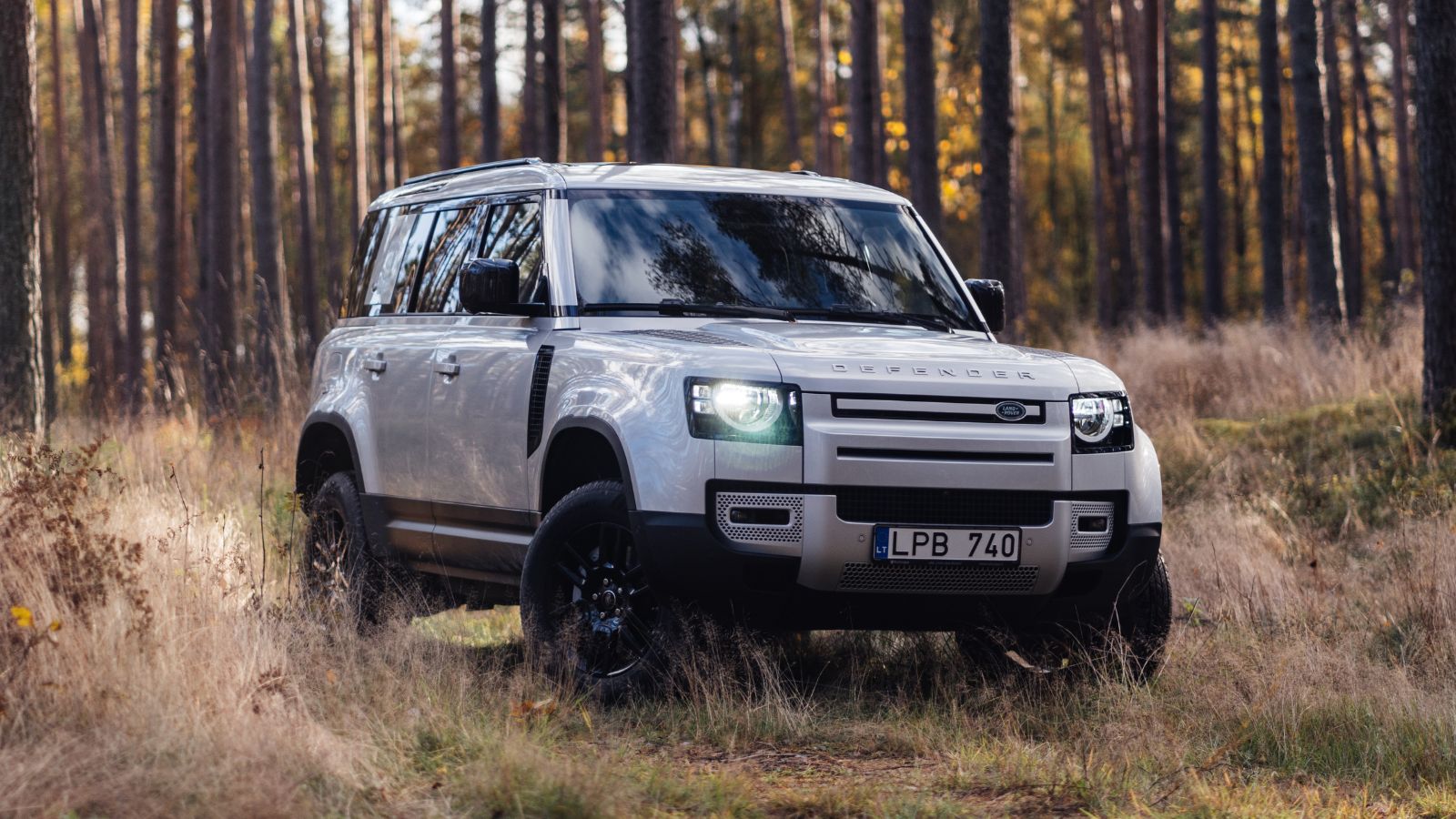
The Land Rover Defender has roots deeply entrenched in military service. Originally designed as the Land Rover Series I in 1948, it was used by the British Army and other militaries worldwide for decades. Known for its exceptional off-road capabilities, the Defender was designed to be a versatile vehicle that could handle rough terrains and challenging conditions. In its civilian version, the Defender retained its robust design and became a favorite among adventurers and rural workers. Its iconic boxy shape and go-anywhere capability have made it a beloved vehicle, often associated with exploration and adventure.
Mercedes-Benz G-Class
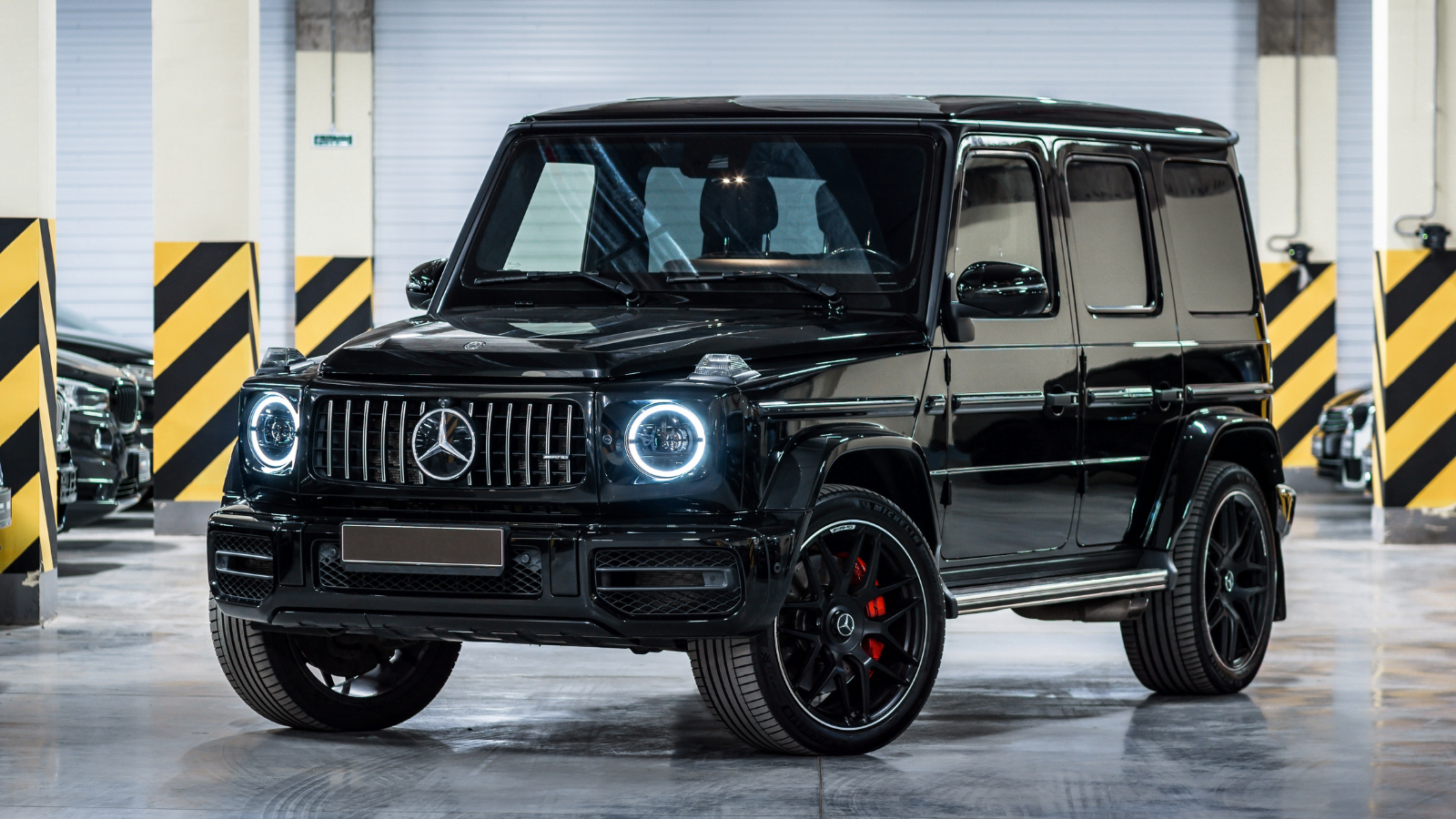
The Mercedes-Benz G-Class, also known as the G-Wagon, began as a military vehicle in the late 1970s. Initially developed for the Shah of Iran, the G-Class was designed for rugged use with a focus on durability. Its civilian version was launched in 1979, maintaining much of the military model’s ruggedness. Over time, the G-Class evolved into a luxury SUV, featuring a ladder-frame chassis, three locking differentials, and exceptional ground clearance, making it formidable in challenging terrains. Despite its transformation into a symbol of luxury, the G-Class retains the military DNA that makes it one of the most capable off-roaders on the market.
Volkswagen Type 181 (Thing)
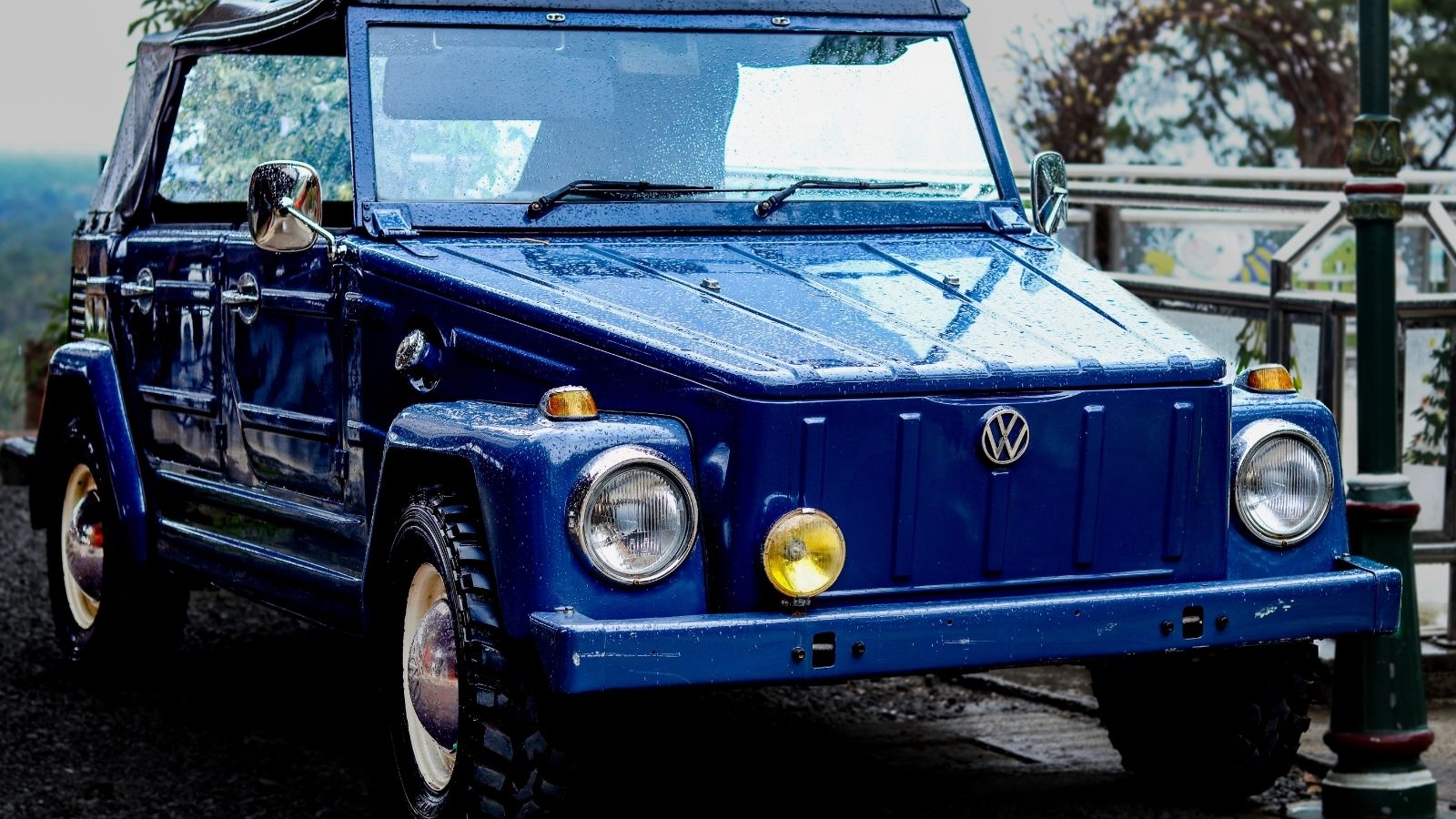
The Volkswagen Type 181, known as the “Thing” in the United States, was initially designed as a lightweight utility vehicle for the German military. It was introduced in the 1960s, drawing inspiration from the WWII-era Kübelwagen. The civilian version, launched in the early 1970s, was powered by a rear-mounted 1.6L air-cooled flat-four engine. It also shared mechanical components with the VW Beetle, Karmann Ghia, and Microbus. Its simple design featured removable doors, a fold-flat windshield, and interchangeable body panels, emphasizing functionality over aesthetics. While it was not a huge commercial success, the Type 181 found a niche among enthusiasts who appreciated its quirky design and other capabilities. Today, it is a sought-after collector’s item, valued for its unique military heritage.
Dodge Power Wagon
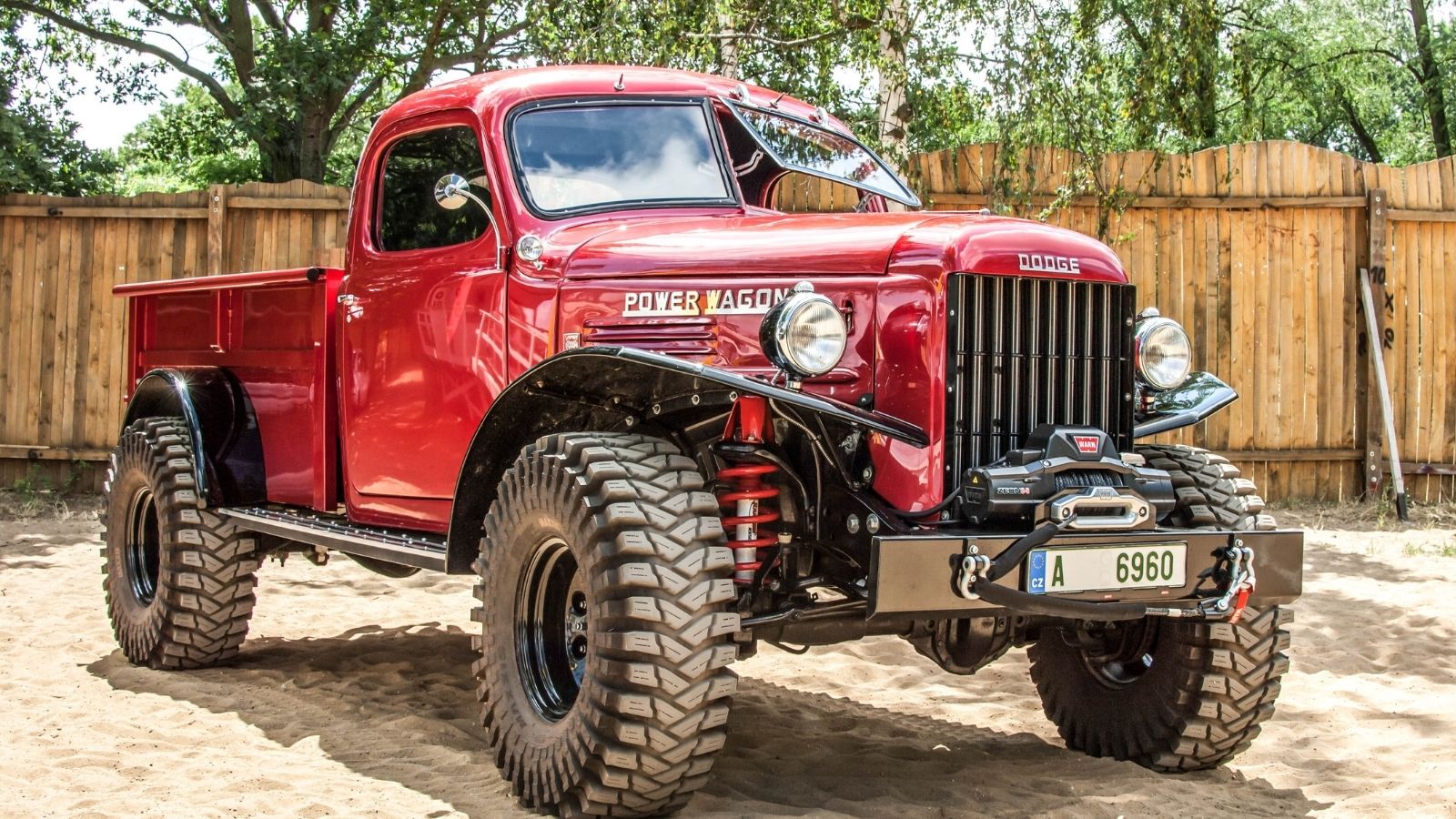
The Dodge Power Wagon is another military vehicle that found a successful second life in the civilian market. It was initially developed during World War II as a military truck, known for its toughness and versatility. In 1946, Dodge introduced a civilian version, which featured a flathead 230 cubic inch inline-six engine, producing 94 horsepower and 185 lb.-ft of torque—modest by today’s standards but impressive for its time. Its robust design also included a two-speed transfer case, live front and rear axles, and 9-inch ground clearance, which made it capable of tackling the most challenging terrains. The truck’s versatility made it popular among farmers, ranchers, and construction workers. Its legacy continues today, with modern versions paying homage to the original’s rugged spirit.
International Harvester Scout

The International Harvester Scout was inspired by military vehicles and designed as a rugged, off-road vehicle that could serve civilian needs. Launched in 1961, the Scout was among the first vehicles to challenge the Jeep in the growing market for off-road capable civilian vehicles. While not directly a military vehicle, its design and purpose were heavily influenced by the needs of the military and the success of military-style vehicles in civilian life. The Scout quickly gained a reputation for its durability and versatility, making it a beloved vehicle among off-road enthusiasts and collectors.
Steyr-Puch Pinzgauer
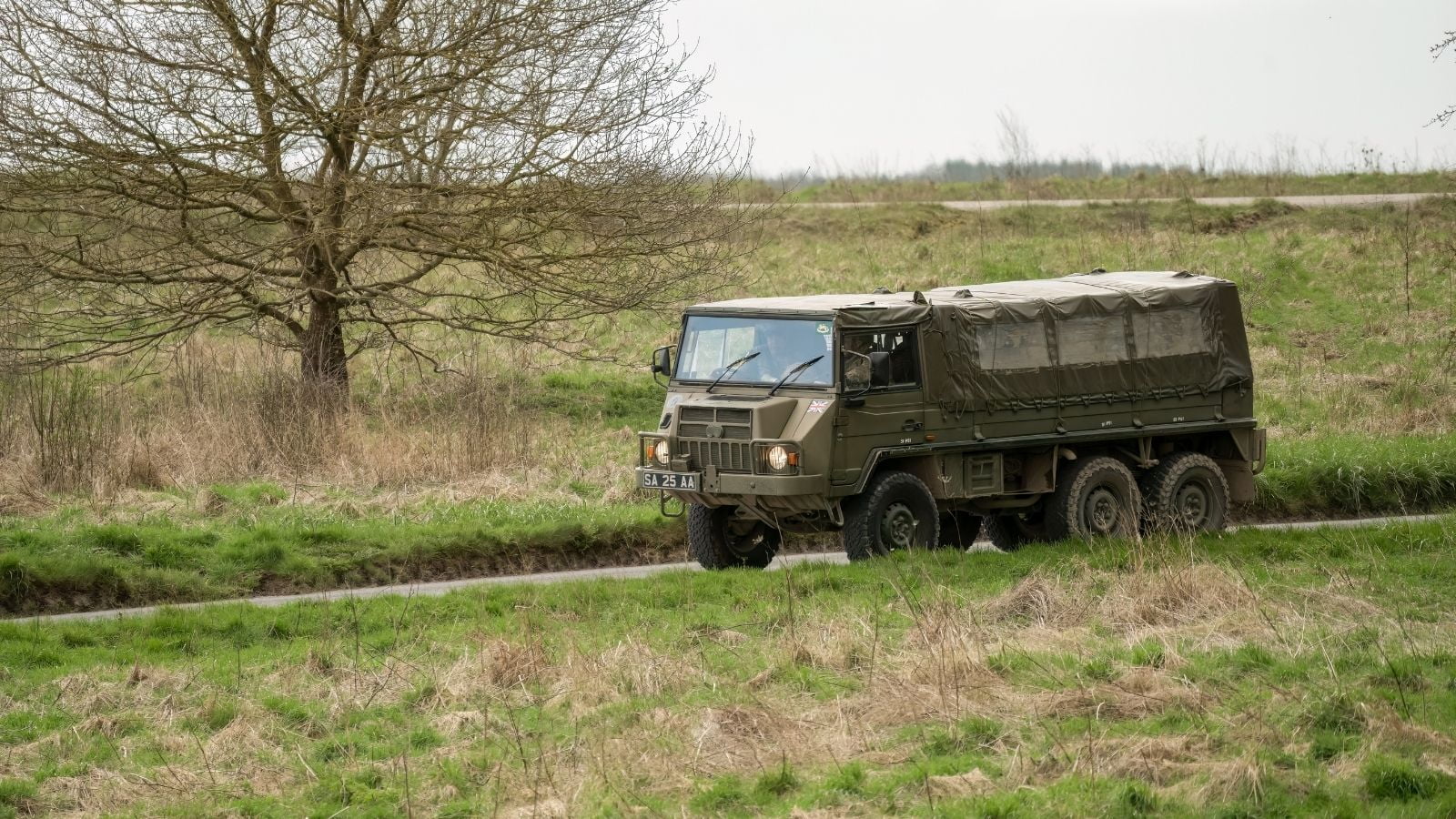
The Steyr-Puch Pinzgauer was developed as a military transport vehicle in the 1970s and is known for its ability to carry troops and cargo across challenging terrains. Designed by Steyr-Daimler-Puch, the Pinzgauer is now available in 4×4 and 6×6 configurations, making it versatile across all terrains. Its air-cooled 2.5L inline-four engine delivers about 90 horsepower, modest by today’s standards but sufficient for its intended use. The Pinzgauer’s unique central tube chassis and portal axles provide exceptional ground clearance, while its fully independent suspension ensures superior off-road handling. It can ford water up to 27.5 inches deep and climb slopes as steep as 45 degrees, demonstrating its remarkable capabilities in extreme environments.
Chevrolet Blazer K5 (CUCV)
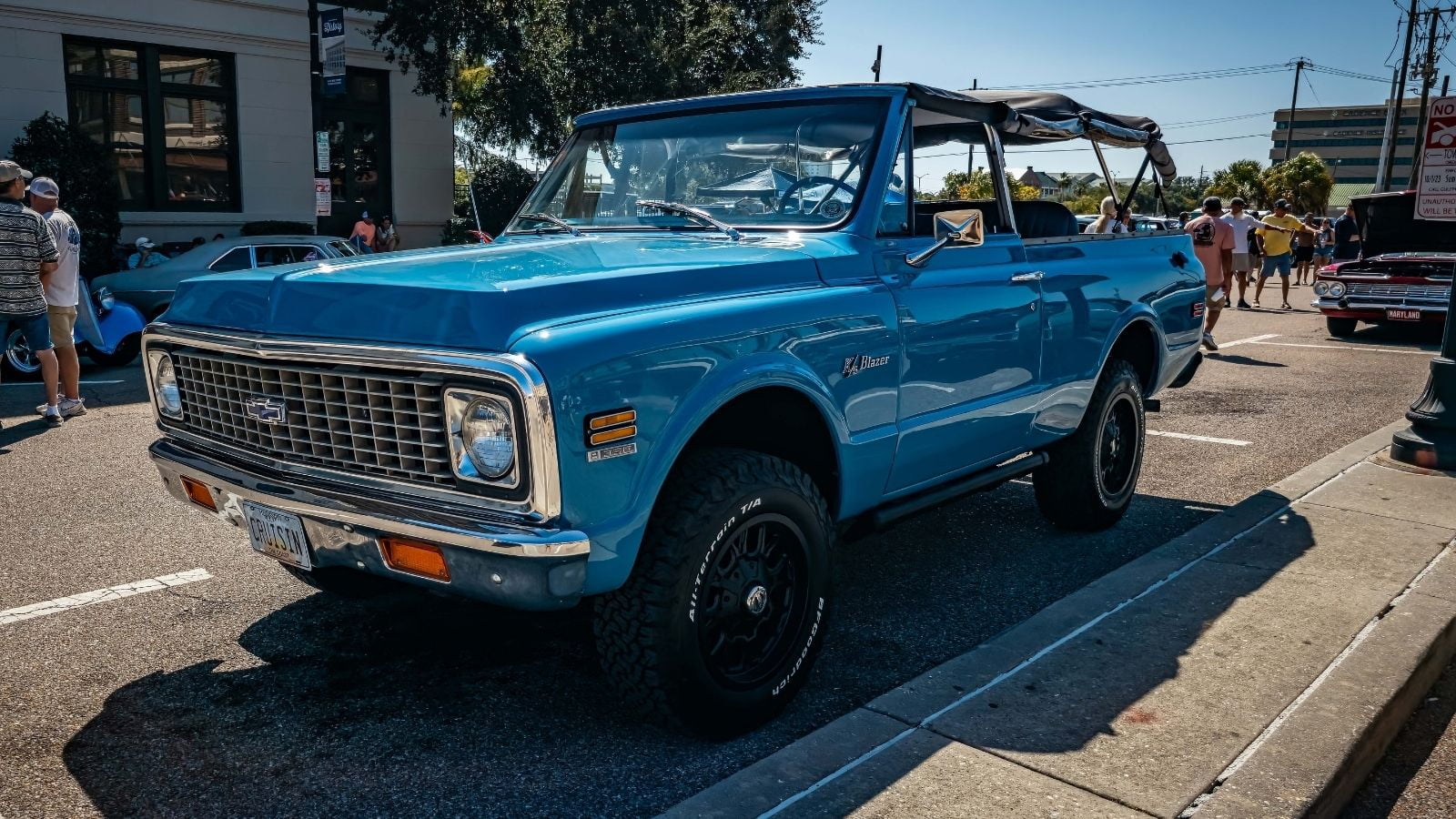
The Chevrolet Blazer K5, particularly the CUCV (Commercial Utility Cargo Vehicle) version, was used by the U.S. military in the 1980s for various non-combat roles. Built on the Blazer platform, the CUCV was powered by a 6.2-liter diesel V8 engine, delivering 130 horsepower and 240 lb.-ft of torque. The Blazer K5 featured a heavy-duty chassis, solid front and rear axles, and a full-time four-wheel-drive system, making it capable of handling challenging terrains. After their military service, many of these vehicles were sold to the public, where they became popular among off-road enthusiasts and those looking for a robust vehicle for outdoor activities. The Blazer K5’s military heritage has made it a favorite among classic SUV collectors.
Ford F-150 (Military-Grade Aluminum Alloy)
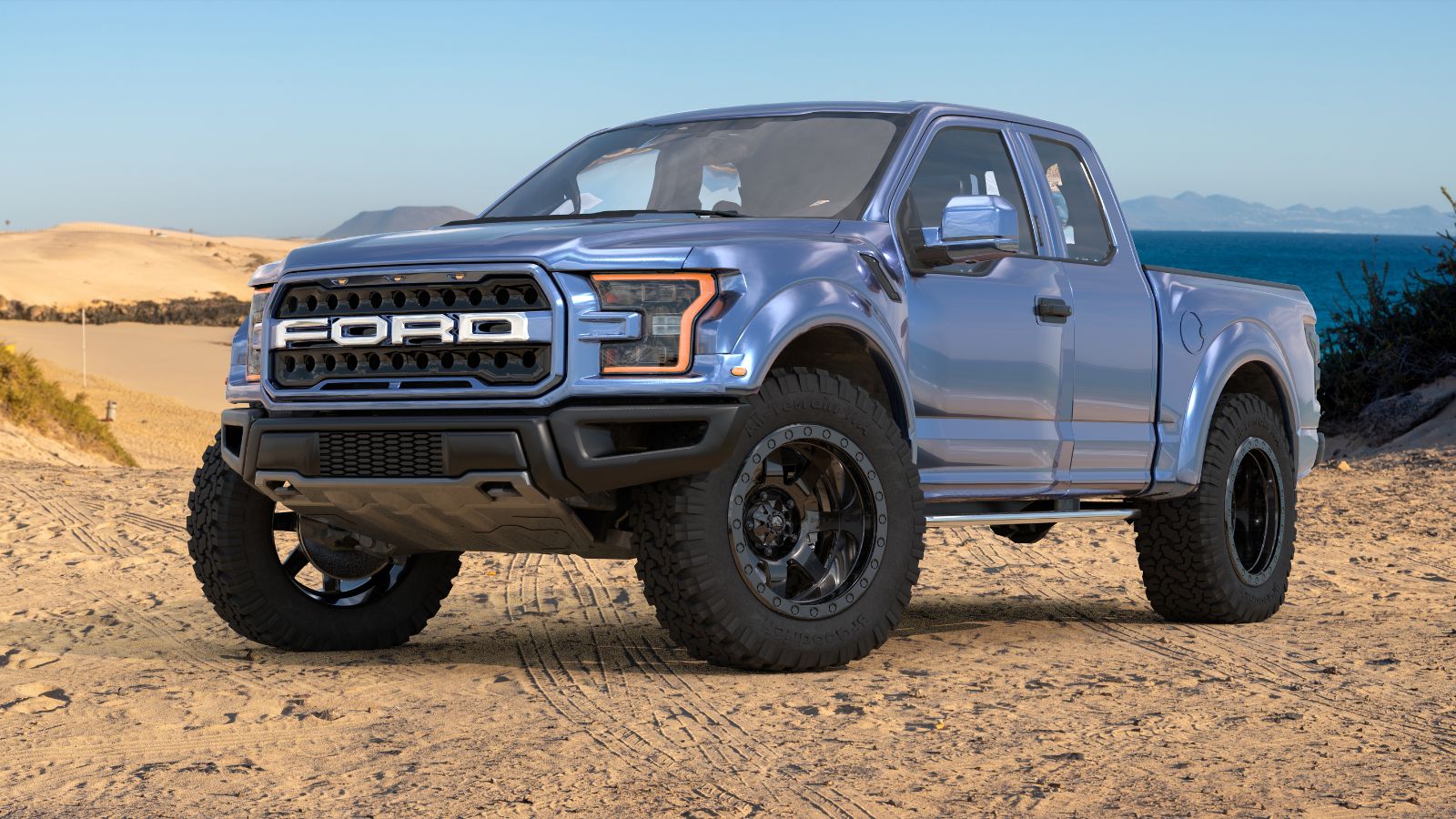
While the Ford F-150 is not a military vehicle, the use of military-grade aluminum alloy in its construction represents a significant crossover between military and civilian technology. Introduced in 2015, the F-150’s aluminum body reduced weight and improved fuel efficiency without compromising strength. This innovation, borrowed from military applications where lightweight, durable materials are crucial, helped the F-150 maintain its position as one of the best-selling vehicles in the United States. Using military-grade materials in civilian vehicles highlights how military technology can enhance everyday products.
Unimog
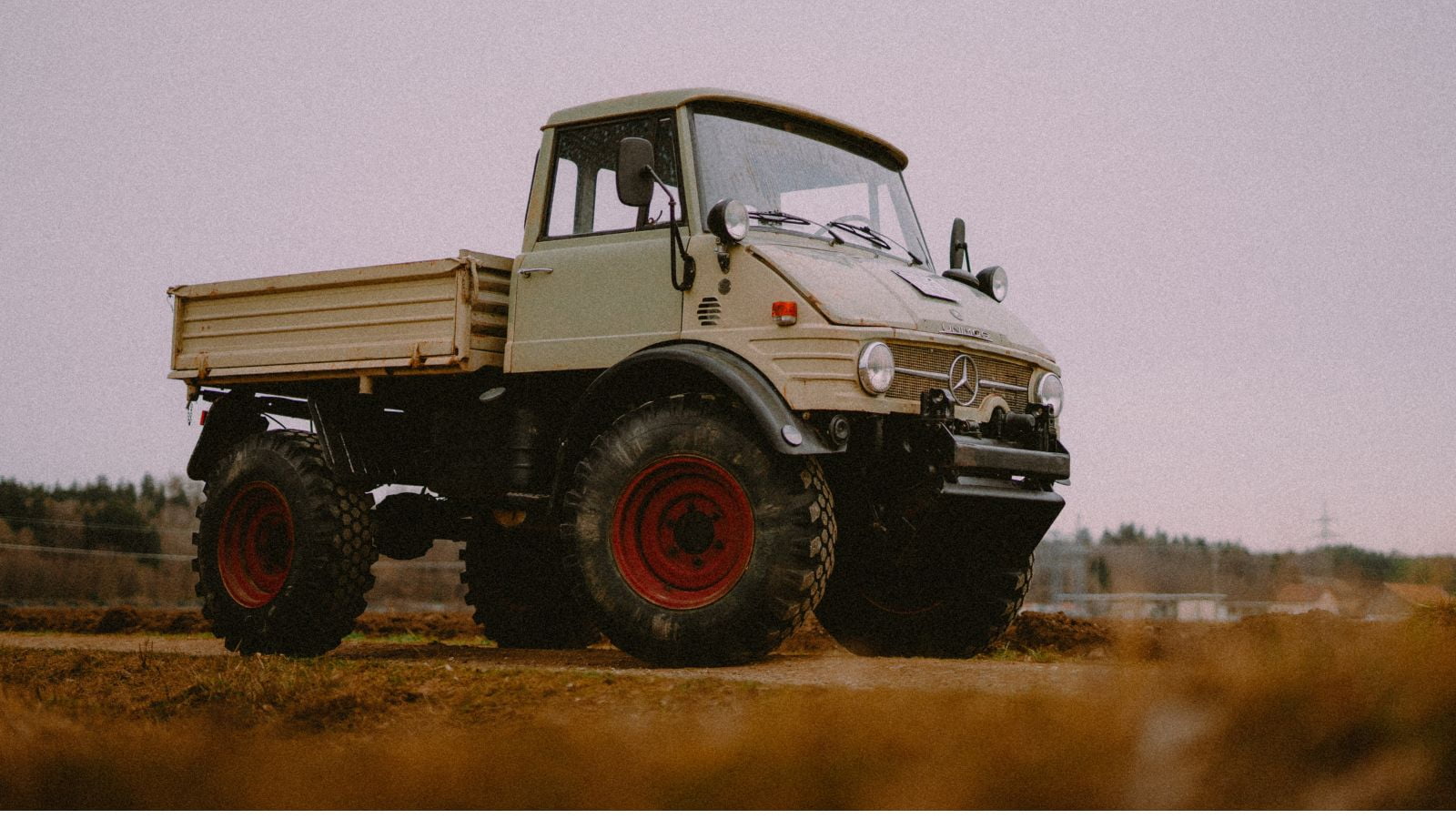
The Mercedes-Benz Unimog, short for “Universal Motor Gerät,” was initially designed as an agricultural vehicle that could also serve military purposes in the aftermath of World War II. Its incredible versatility, with features like portal axles for high-ground clearance and flexible frame construction, made it a favorite for military use across the globe. In civilian life, the Unimog has been used for everything from snow plowing to firefighting and forestry. Its ability to handle the most challenging conditions has made it a legend among those needing a vehicle that can go anywhere and do anything.
GMC CCKW
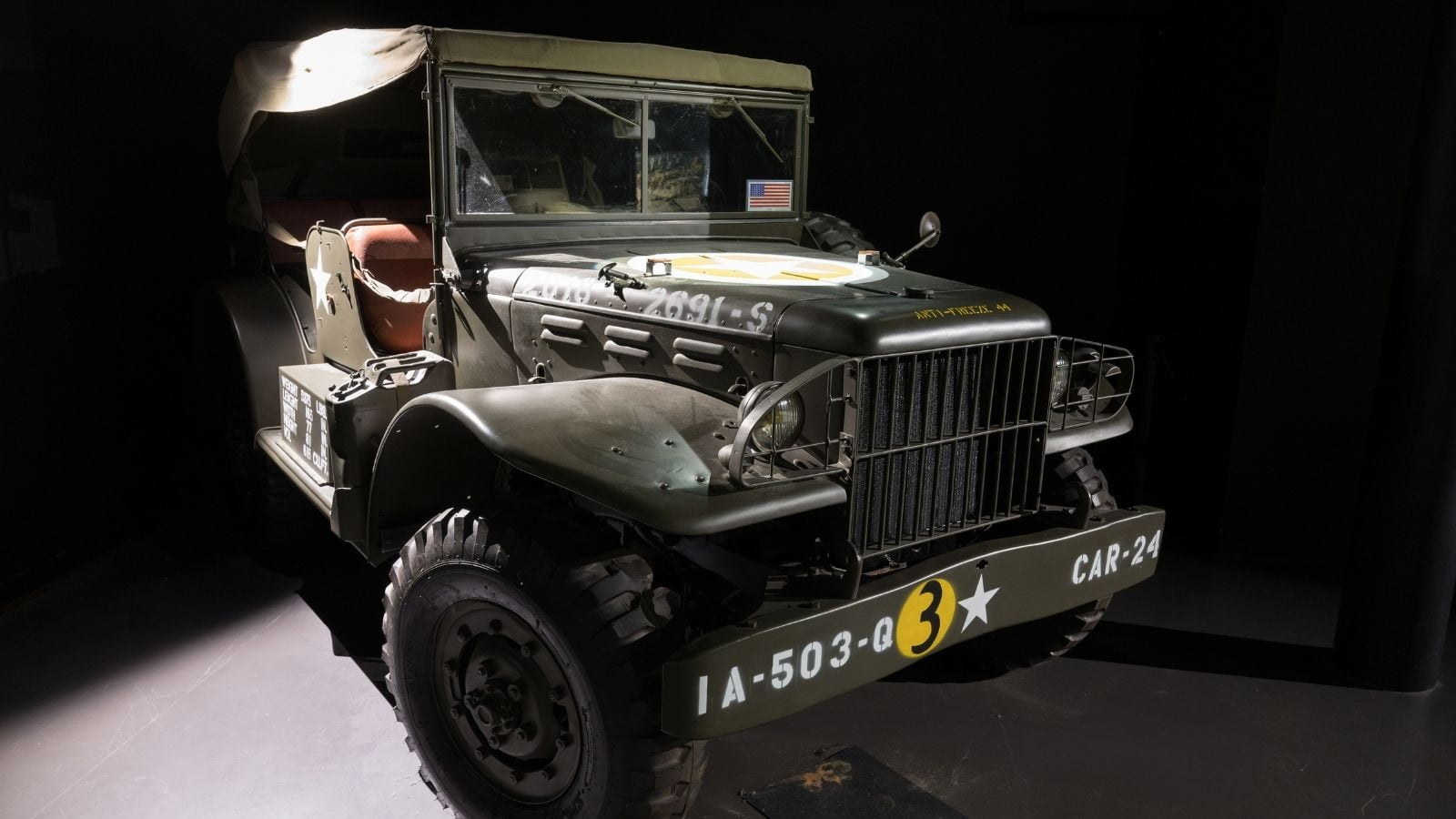
The GMC CCKW, also known as the “Deuce and a Half,” was a workhorse for the US military during World War II, serving as a transport vehicle for troops and supplies. After the war, many surplus CCKWs were sold to civilians, where they found new life in industries like logging, construction, and farming. With the CCKW’s robust 2.5-ton payload capacity and 4.8-liter inline-six engine, the CCKW could handle diverse terrains thanks to its all-wheel-drive system, making it invaluable in various theaters of war. The truck’s versatility was also highlighted by its various configurations, including cargo, dump, and fuel tank versions, which made it a valuable asset in civilian life. It continued to serve long after its military service ended. Today, restored CCKWs are popular among military vehicle collectors and history enthusiasts.
11 Cars that are Known for Breaking Down Regularly

No car company wants to deliver a dud. However, even though companies try their best to deliver excellent cars, some cars turn out to be lemons, breaking down frequently. This creates problems for both the consumer and the manufacturer.
11 Cars that are Known for Breaking Down Regularly
